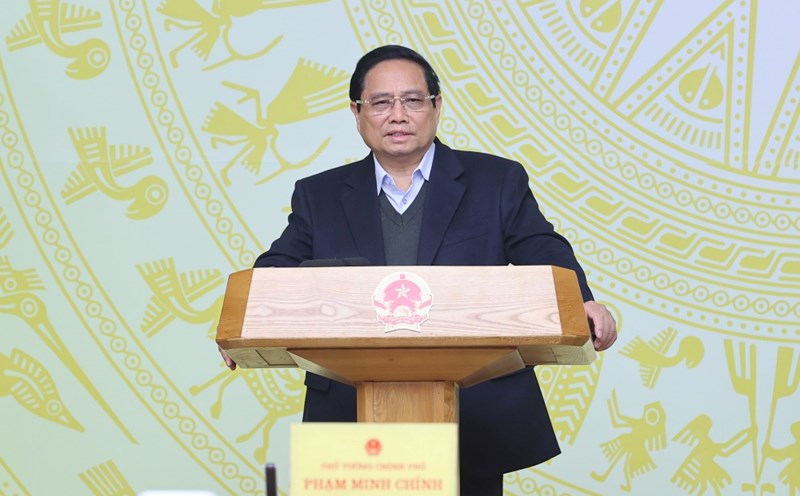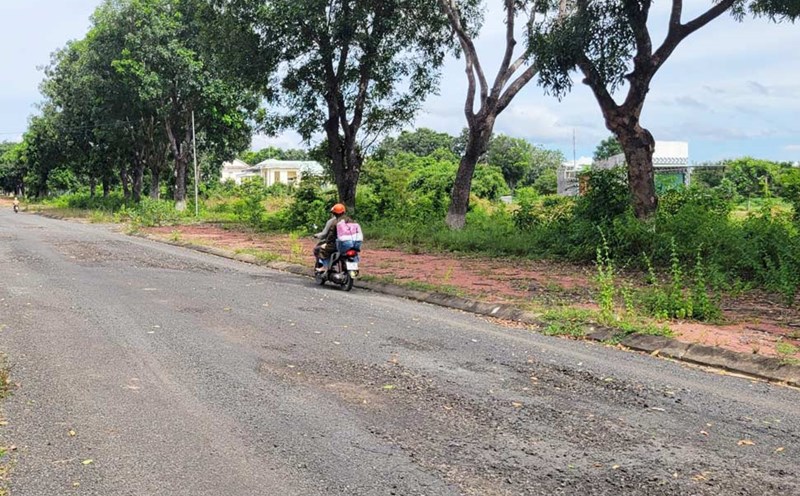According to the Ministry of Industry and Trade, Vietnam has restarted the Ninh Thuan nuclear power project, which is expected to be completed in 5 years. Of which, Ninh Thuan 1 plant is located in Phuoc Dinh commune, Thuan Nam district. Ninh Thuan 2 plant is located in Vinh Hai commune, Ninh Hai district. Vietnam Electricity Group (EVN) and National Energy Industry Group (PVN) are the investors of these two plants.
In the draft for comments on the adjustment of the National Power Development Plan for the 2021-2030 period (Power Plan VIII), the Ministry of Industry and Trade proposed two scenarios for the power source structure. Accordingly, the operating time (power generation) of nuclear power plants is expected to follow two options.
In scenario 1, Ninh Thuan I nuclear power plant (2x1200MW) will be put into operation in the 2031-2035 period, Ninh Thuan II (2x1200MW) will be put into operation in the 2036-2040 period. Along with that, 3 LNG plants with unidentified investors will operate after 2030, Blue Whale gas is expected to be brought ashore in the 2031-2035 period, no new LNG sources will be developed, and imports from China will increase by 300 MW.
With this scenario, the Ministry of Industry and Trade assessed that due to the combined power sources of mixed gas turbines operating in the final years and many sources being slow, to supply electricity for the years 2026-2029, it is necessary to soon promote investment in small hydropower plants, wind power, solar power, energy panels and flexible thermal power sources compared to the VIII Electricity Planning. The scale of imported electricity from Laos will increase from 4 GW to 6 GW in 2030, mainly in import projects to the North and North Central regions.
In the period 2031-2050, the investment rate of wind power, solar power, and storage batteries is forecasted to decrease sharply. The development of renewable energy sources combined with storage batteries is more economical, so the power system depends heavily on renewable energy sources. The proportion of renewable energy electricity (including hydropower) will increase from 50% in 2035 to 83% in 2050.
In scenario 2, two nuclear power plants in Ninh Thuan operate in the 2031-2035 period; at the same time, all 14 LNG plants operate in the 2026-2030 period, Blue Whale gas is expected to be brought ashore in the 2031-2035 period, allowing the development of new LNG sources from 2030 and imports from China similar to scenario 1.
In this case, the Ministry of Industry and Trade calculates the need to invest in 30 more solar power GW, 5.7 medium and small hydropower GWs, 6 wind power GWs onshore, 12.5 GW of accumulated batteries, 2.7 GW of flexible thermal power sources, 1.4 GW of biomass, waste and other renewable energy sources. In addition, Chinese imports will increase by 3 GWs, the scale of Laos' electricity imports will increase from 4.3 GW to 6.8 GW in 2030.
In 2035, the need for additional loads will increase by 24 GW compared to the VIII Power Plan, and at the same time, the newly increased LNG mixed-use turbines will increase by 7 GW in the period of 2031-2035 in the North. Flexible thermal power sources increased by 3 GW compared to the VIII Electricity Planning.
By 2050, in addition to 4,800 MW of nuclear power in Ninh Thuan, Vietnam will have an additional 5 GW of nuclear power in the North Central region and 8.4 GW of LNG-mixed gas turbines in the North. Wind power, solar power and battery storage sources will continue to increase compared to Power Plan VIII.
Thus, with the above scenarios, Vietnam can operate its first nuclear power plant as early as 2031 and as late as 2035.











